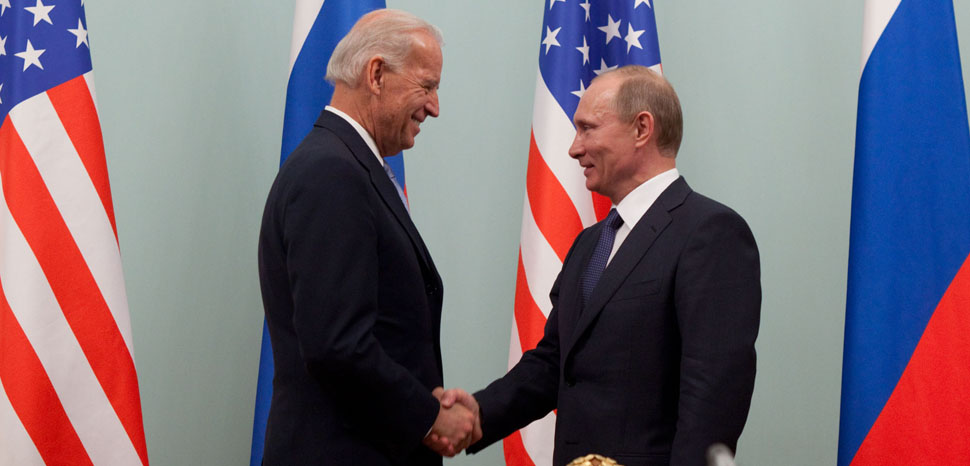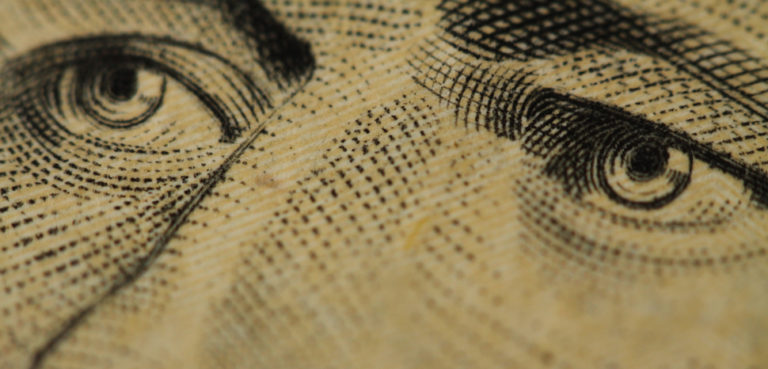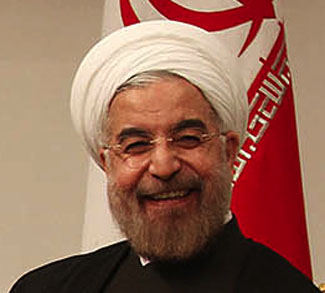Summary
The annexation of the Crimean Peninsula in 2014 marked a turning point in relations between Russia and the West. It was here that the Russian leadership decided that there could be no accommodation between Western institutional creep and its own core interests (interpreted broadly as an exclusive domain over its ‘near abroad’). Consequently, policy focus shifted toward blunting Washington’s punitive toolbox and minimizing Russian exposure to the oft-sanctioned US financial system.
Moscow took another step toward realizing its goal this week with the National Wealth Fund’s announcement that it will be divesting of all USD-denominated assets.
Impact
Russia’s push to decouple from US finance has unfolded over the course of years. It can be seen in the central bank’s efforts to pare USD from Russia’s foreign exchange reserves since 2014, slowly replacing the US currency with gold, yuan, and euros (USD still accounted for some 21.2% of central bank reserves at the start of 2021). It’s evident in the growing share of non-USD currencies that are being used to settle purchases of Russian exports (USD’s share of such transactions dropped below 50% in Q4 2020 for the first time ever). And the decoupling is also reflected in Russian attempts to create and promote home-grown alternatives to US-based global financial standards, such as Russia’s Mir system, which is viewed as an eventual alternative to SWIFT-based payment networks.
This week’s decision by the National Wealth Fund (NWF) to shed all of its US dollar assets in favor of gold, yuan, and euros, can thus be seen as just the latest in a long series of moves by the Russian government to minimize its reliance on US finance. The fund will be divesting more than $40 billion worth of USD assets as a result of the decision.
The move by the NWF is certainly political, but more in the context of Moscow’s post-2014 concerted push toward de-dollarization. Nonetheless, the precise timing of the announcement – coming just weeks before a scheduled Putin-Biden summit in Geneva on June 16 – was surely calculated for immediate diplomatic effect, and was likely one of the “uncomfortable signals” that Russia’s deputy foreign minister warned of earlier this week.
Moscow to tap into NWF?
The NWF receives a portion of revenues directly from the Russian energy industry. It is treated as a dual-use reserve fund, both for Russia’s pension system and the Russian state in times of economic duress. The reserve threshold of the fund is set at 7% of GDP; anything in excess of that can be spent however the government deems fit.
As of May 1, the NWF was worth approximately $116.4 billion, equivalent to around 7.5% of Russia’s GDP – so there’s some money to spend. Despite calls from the central bank to bolster reserves further by raising the GDP threshold, the Kremlin appears intent on moving forward with a new program of state-directed infrastructure investment, proposing to tap the fund for up to $5.5 billion a year. Two projects cited by Bloomberg as possible recipients of state investment funding are Rosneft’s Vostok Oil development in the Arctic and the construction of a high-speed rail link between Moscow and St. Petersburg.
Central bank head Elvira Nabiullina has warned in the past that going overboard on NWF-funded stimulus spending risks stoking inflation, and such concerns are further heightened by the supply-side inflationary trends evident in several major economies of late.




